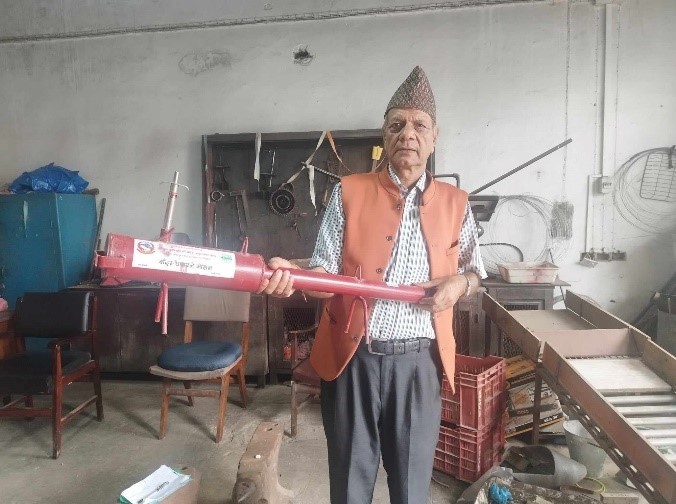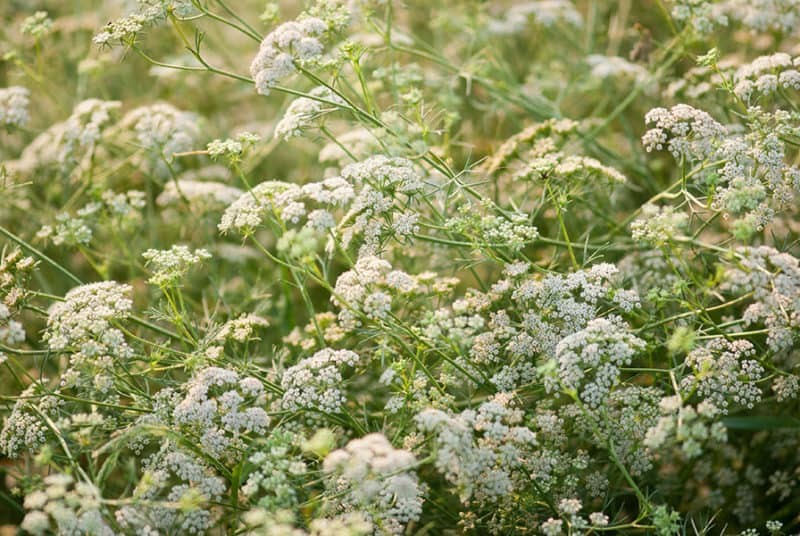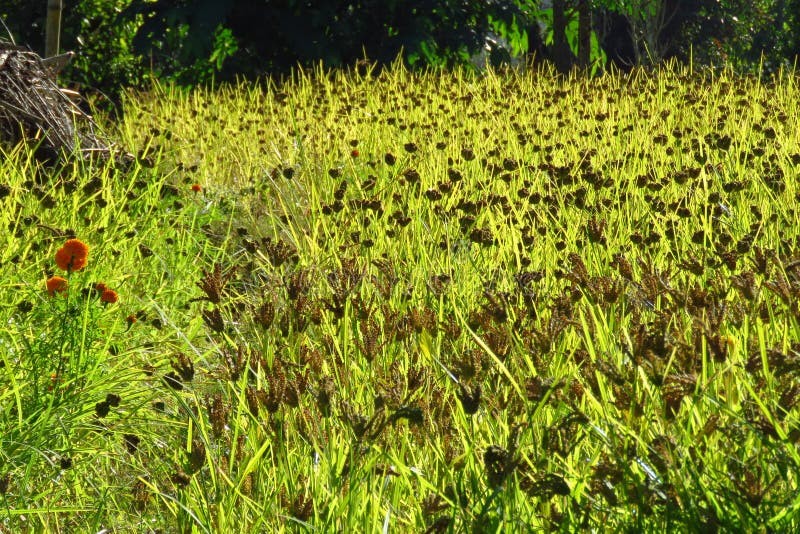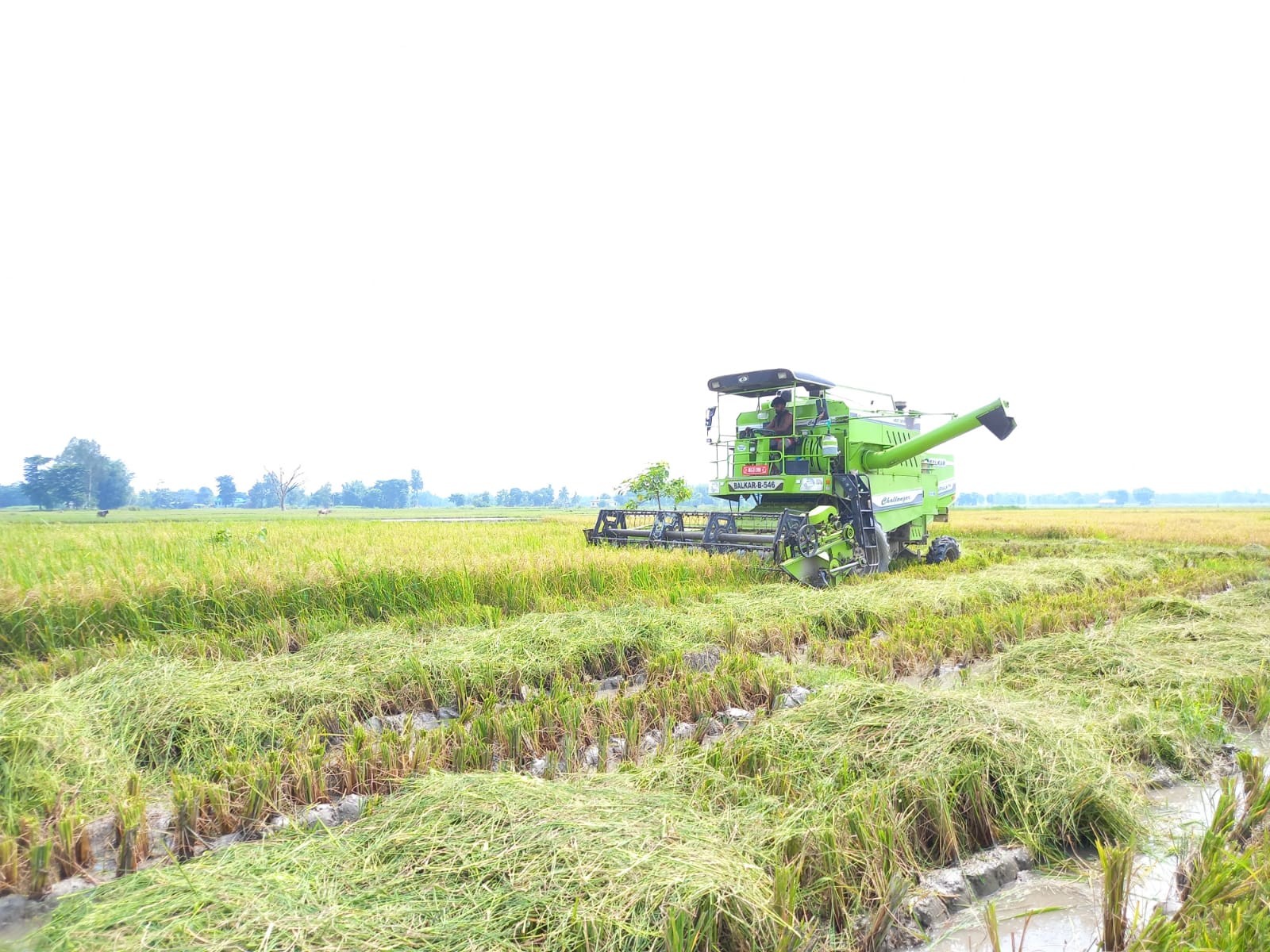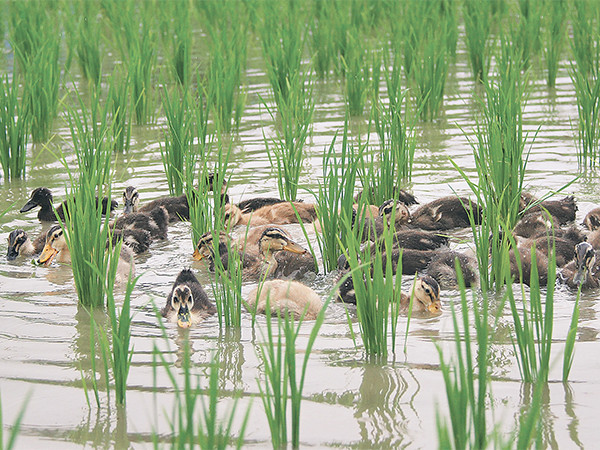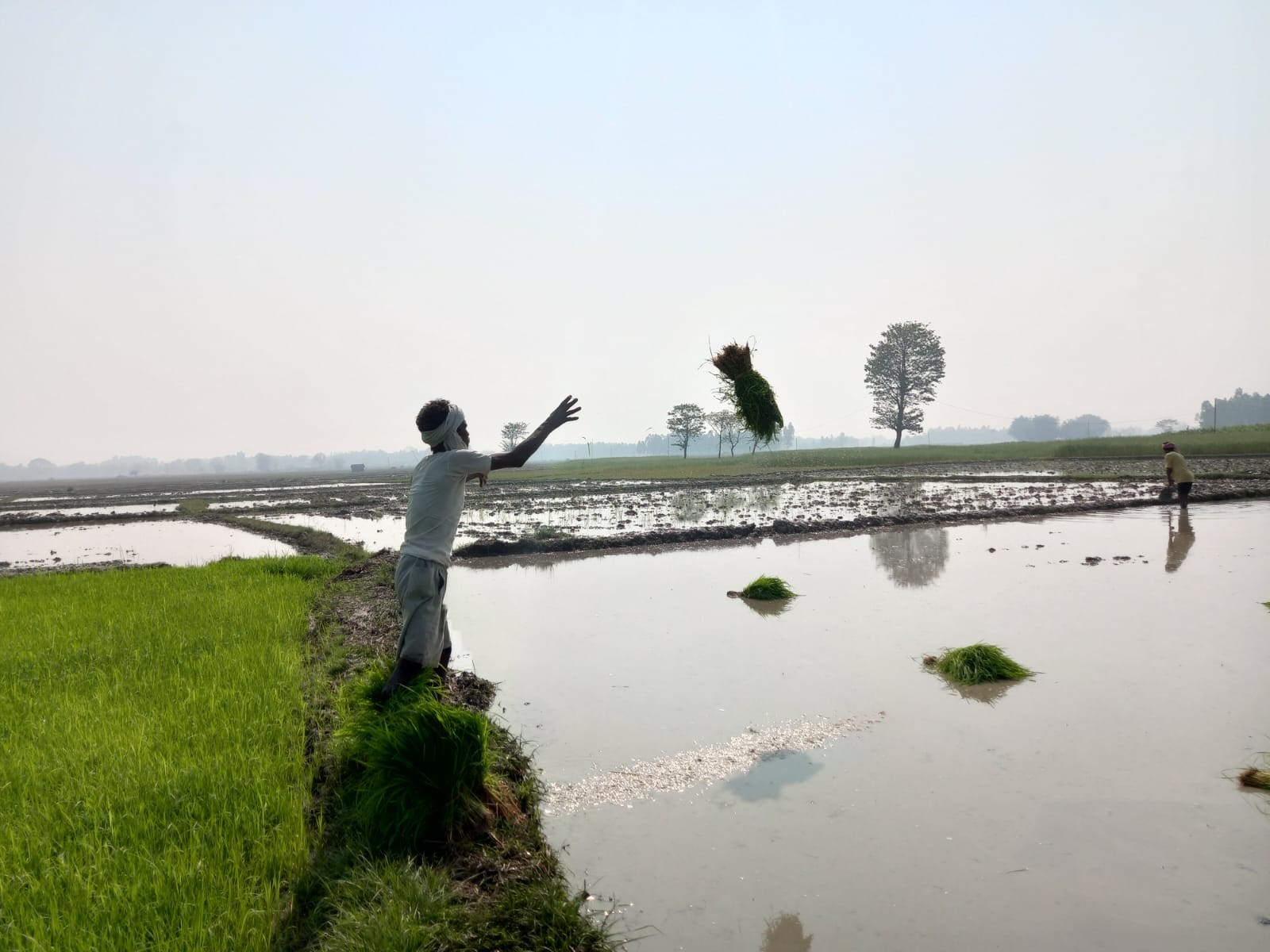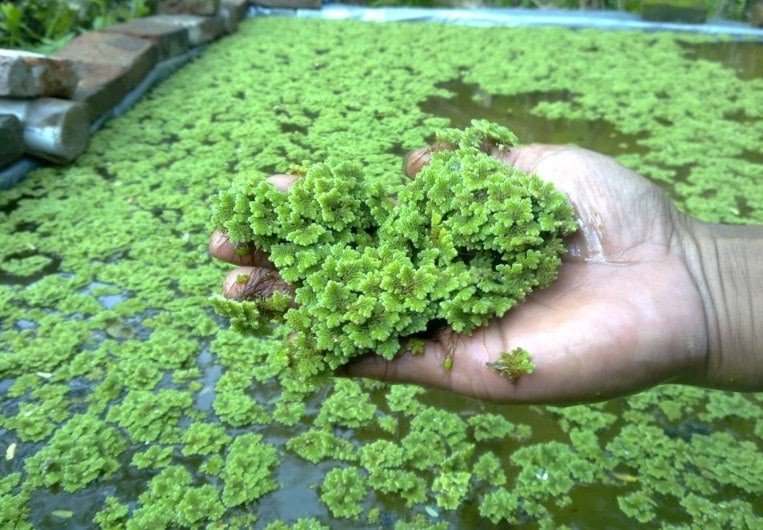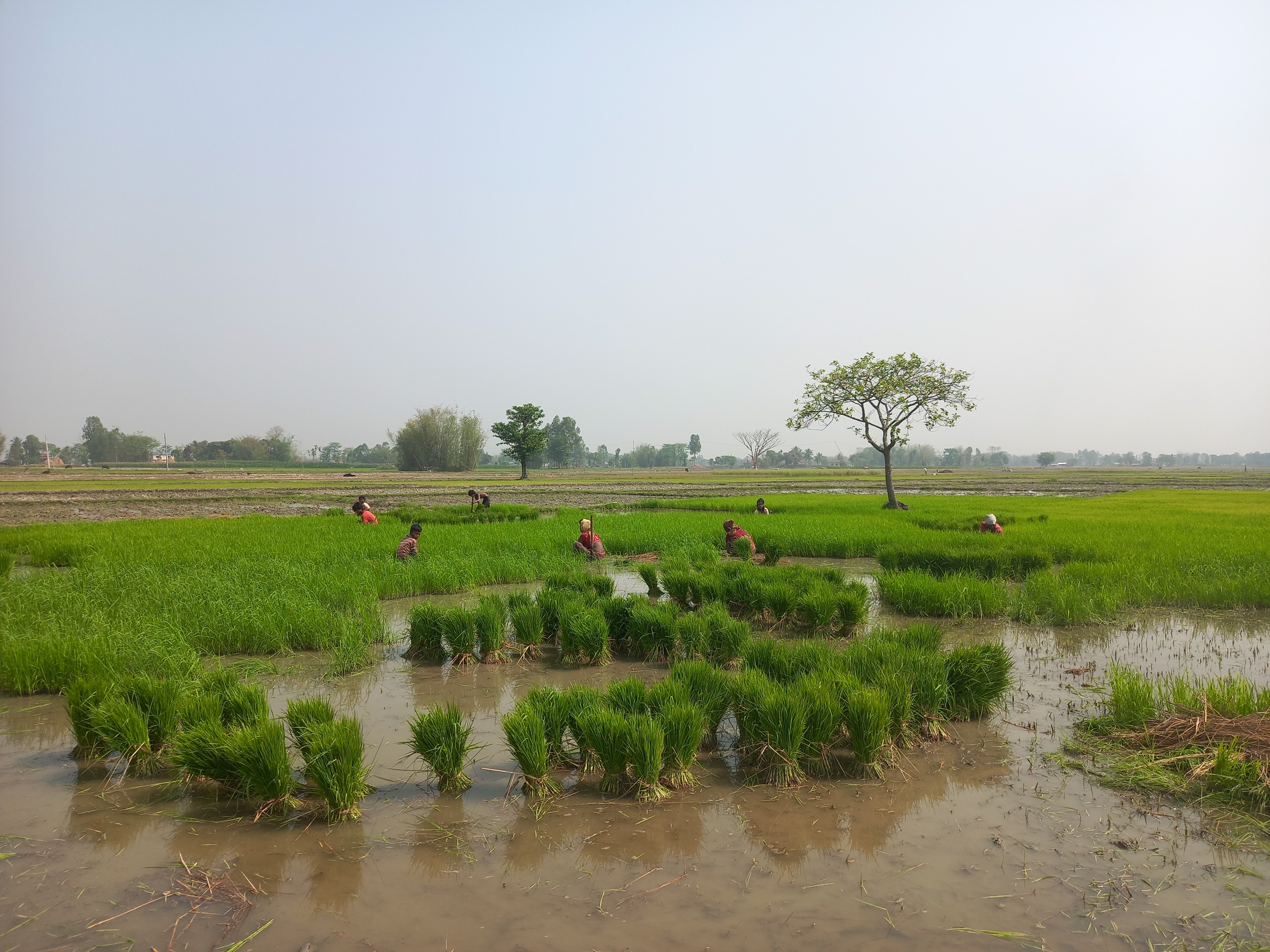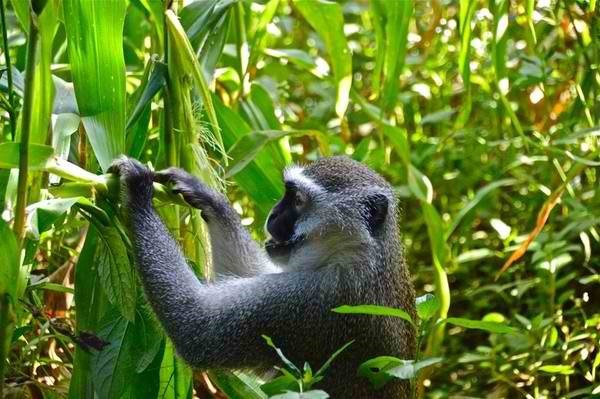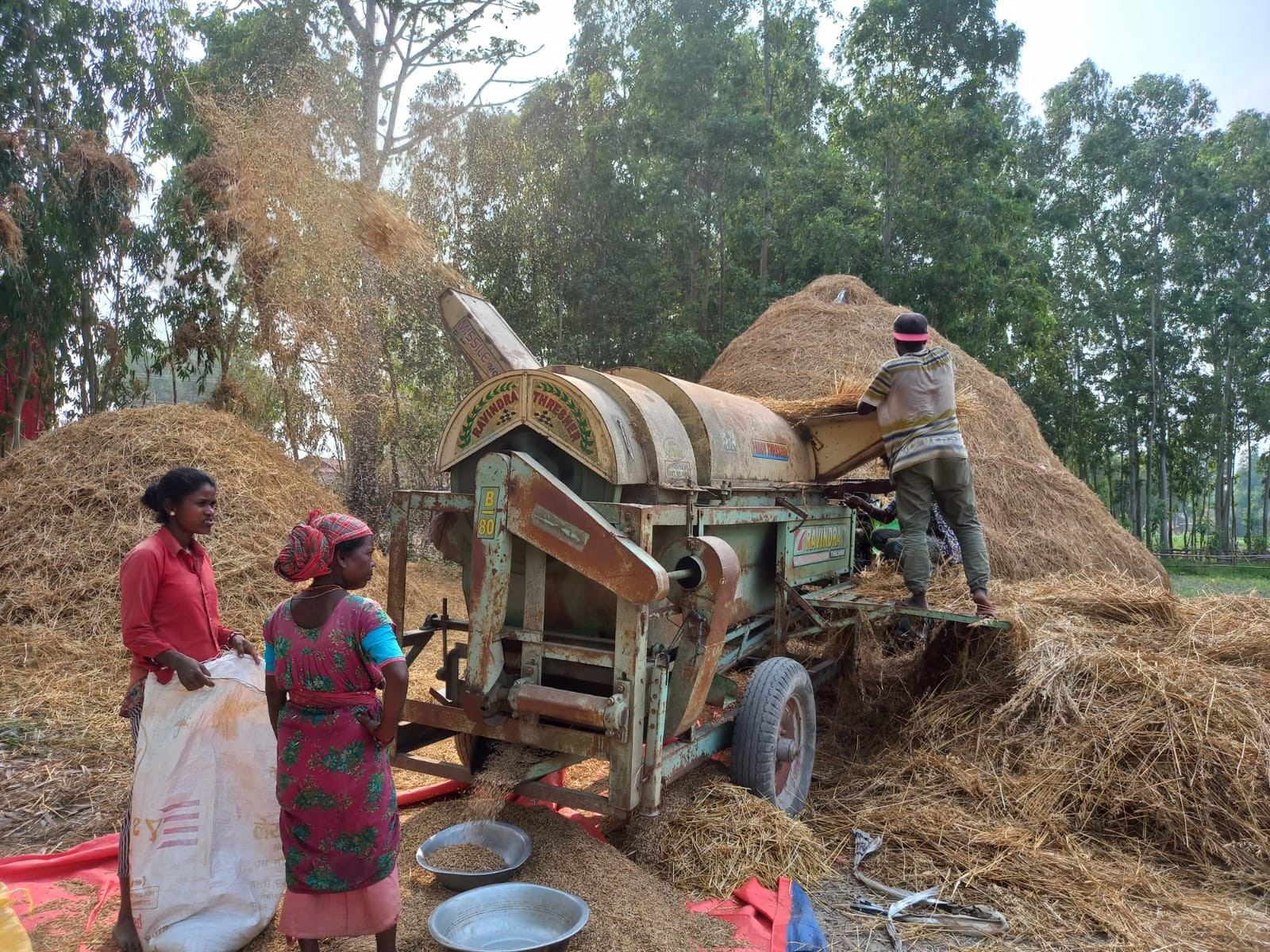- rastriyakhadyabank@gmail.com
- जडीबुटी, काठमाडौँ , नेपाल
Trichoderma: A valuable multipurpose fungus for sustainable Agriculture
- राष्ट्रिय खाद्य बैंक लिमिटेड | दिगो कृषि उत्पादन हाम्रो अभियान
- २०७९ भदौ ५
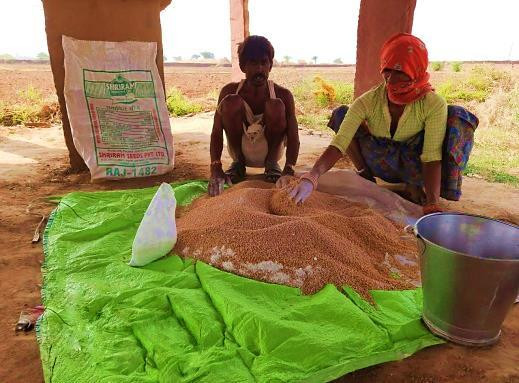
Trichoderma: A valuable multipurpose fungus for sustainable Agriculture
Huge agriculturally important crops face losses due to the disease caused by fungus and bacteria. These diseases are more preferably controlled by the use of chemical methods and using such chemicals cause impact on human health and environment and develop resistance in the pathogen which later becomes difficult to control. Today's approach is to control these diseases by using biological control agents (BCA). BCA are the organisms that suppress the pathogen or its activity is referred to as BCA. Adopting biological control is a potent means of reducing the damage caused by pathogens and is environmentally non-hazardous.
Trichoderma is one of the most valuable fungus that has multiple benefits in the agriculture production system. Around the world, farmers and scientists have taken the advantage of knowledge on trichoderma use. The species of Trichoderma is universally accepted for their biocontrol ability in addition to plant growth and development. Trichoderma (BCA) is a genus of fungi that are present sufficiently in the soils. They are fast growing, highly adoptable fungi that form symbiotic relationships with plant roots making them suitable to use to control phytopathogens. It is also called as multipurpose fungus because of its use as bio fertilizer as well as bio fungicide (Bio agent). It is able to produce volatile compounds and ability to solubilize phosphate making them available to plants, it's used as bio fertilizer. As a bio agent it controls various pathogens such as Rhizoctonia, Phytophthora, Sclerotinia spp. presently a large number of Trichoderma based formulations/ Products are available in the market globally which are dominated by Trichoderma harzianum & Trichoderma viride. Its application in developed countries is increasing rapidly replacing the chemical products, while in developing countries still it is lagging behind because of awareness among the people.
TRICHODERMA AS BIOFERTILIZER
Using Trichoderma spp as bio fertilizer is very excellent amendments to boost crop production alternative to the chemical fertilizers. It has the potential to promote plant growth in different ways and it is used as a biofertilizer as it has the ability to stimulate plant growth of many agriculturally important crops. It minimize the employment of traditional chemical based fertilizers and also improve the uptake of micronutrients to plants, solubilization of phosphate in soil and available to plants.
Trichoderma was reported high to be utilized in vegetable production and was found most effective in tomato crop. However, a positive response was also recorded from other crops like as groundnut, cotton, wheat, tobacco, Bengal gram, brinjal, sugarcane, eggplant, red gram, tomato, sugar beet, chilies, potato, soybean, citrus, cauliflower, onion, peas, and sunflower etc. Many attributes that qualify it to be used as an alternative to enhance fertilization and agriculture sustainability. Among these some are:-
Macro and Micro Nutrient Uptake: The presence of trichoderma within the rhizosphere improves the nutrient uptake and availability. The nutrient uptake is improved because of the conversion of the needed nutrients from being unavailable to the plant to an available form. As an example in acidic soils the applied chemical fertilizer gets converted to an unavailable form to the plant, forming complexes that will be even more toxic to the plant such as aluminum complexes. It has the capacity to colonize roots well, which gives it an advantage over other microorganisms and enables the crop to receive more from it than others.
Phosphate solubilization: Acidic soils bind phosphorus and make it unavailable to the crop, which is undesirable in crop production. Trichoderma species mediate this process by solubilizing phosphates, converting them back in the available form for crop utilization. Phytase enzyme produced by some species of trichoderma is responsible for conversion of unavailable phosphorus into plant-available form.
Production of Phytohormones and Volatile compound: The growth promotion found to be assisted by auxin production by the fungus and by fungal 1-Aminocyclopropane-1-carboxylate deaminase activity, which lowers high levels of ethylene that gets accumulated during various stresses. The presence of trichoderma increases the production of some growth hormones such as IAA and gibberellic acid which is responsible for growth promotion in plants. Trichoderma also enhances germination rate and improves seedling vigor, which is an advantage for the crop. Enhance greater root systems and boost up plant health provides more niches for growth of the fungus.
TRICHODERMA AS BIOAGENT/FUNGICIDE
Agriculturally important crops are attacked by several pathogens which in turn results in serious yield reductions threatening global security. In order to control these pathogens, amplified use of chemicals occurred which have caused a negative impact on environmental quality and resulted in an increasing trend of many living forms which are resistant with the chemicals. Concerning these threatening issues, the search for non-chemical alternatives have been focused which result in the emergence of Bio control agents as an important component of plant disease management.
Mechanism of Pathogen control/ Bio control
Mycoparasitism/ Hyper parasitism: Mycoparasitism or hyper parasitism refers to the parasitic interaction between two fungi in which one fungi (Host) is parasitized by the mycelia of another. Mycoparasitism is the common mechanism shown by Trichoderma spp.
Antibiosis: Antibiosis relates to the antagonistic association between two microorganisms in which one is adversely affected due to metabolites or antibiotics released by another. Trichoderma spp. produces antibiotics such as Trichodermin.
Competition: Bio agents compete with pathogens for nutrients and space and, thus, it is the injurious effect of one microorganism to another due to the utilization or removal of limited available substrate from the environment. Thus, application of Trichoderma results in reduced infestation of disease/ pests in crops.
Bioremediation by Trichoderma spp.
The Application of Trichoderma in soil is reported to degrade the chemical contaminants present in the soil. Bioremediation and phytoremediation in association with microbes are innovative technologies having the potential to mitigate various soil related problems. Trichoderma alleviates contaminants by acting upon chemicals, metal contaminants (Heavy metal contaminants like Ni, Cd, Zn, Pb, As) by the activity of various enzymes and improves the physical and chemical properties of soil. Trichoderma inoculation in soil has been reported to degrade the chemical pollutants in soil and make nutrients available to plants from those agrochemicals too.
Delivery (Application) Method of Trichoderma formulation
Site specific delivery of the Trichoderma is very essential to enhance the efficiency. The most common methods of application of Trichoderma are mentioned below:
Seed Treatment: Most effective method to prevent the soil borne pathogen and enhance the germination of seed. The seed must be coated with the powder just before sowing and for that, the seed should be moistened by the molasses solution (Enhance The stickiness) and Trichoderma powder is to be sprayed@ 10 gm per Kg of seed. Mix the powder properly and spread in shade to dry. Propagules of bio control agents germinate over the seed surface and colonize roots of germinated seedlings and rhizosphere.
Seed Biopriming: It is the process of treating the seed with Bio agents i.e. Trichoderma and then incubating it in warm and moist conditions until just prior to the emergence of the radicle. It has potential advantage over the simple coating of the seed as it results in rapid and uniform emergence. Bioprimed seed will be surrounded by a layer of Trichoderma conidia and such seed can tolerate adverse conditions. Bio Primed seed also shows a higher germination percentage.
Soil Treatment: In direct broadcasting, 300g of Trichoderma powder is mix uniformly in 6 kg of FYM now broadcast in irrigated land of area 1 hectare. Another furrow application is a highly effective mode of treatment in which root crops like potato, ginger, turmeric are highly benefited. Here, a uniform mixture of 300g+6FYM is applied at the time of earthing up or 30 after days of planting. Trichoderma is capable of colonizing farm yard manure and therefore application of colonized FYM to the soil is more appropriate and is beneficial. It is the most effective method of application of Trichoderma particularly for the management of soil-borne diseases.
Cutting and seedling root dip: Trichoderma powder of about 10grams should mix with 100g of well rotten FYM per liter of water and dipping the cuttings and seedling in Trichoderma suspension before transplanting. Dipping in the antagonist's suspension not only inhibits the disease severity but also induces seedling growth and development.
Nursery treatment: Formulate a suspension by adding 250 gm in 50 liters of water then drench in nursery bed soil of area 400 sq.m. Application of FYM manures and neem cake before treatment induced the efficiency of the Trichoderma.
Written By: Mr. Akhanda Pachhaldangiya
Sambed Chaube, Bsc. Ag, Banaras Hindu University.
 EN
EN

